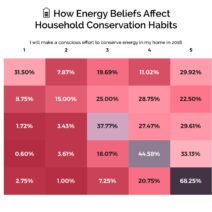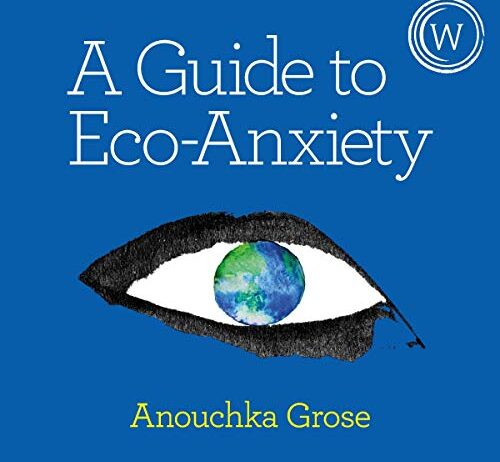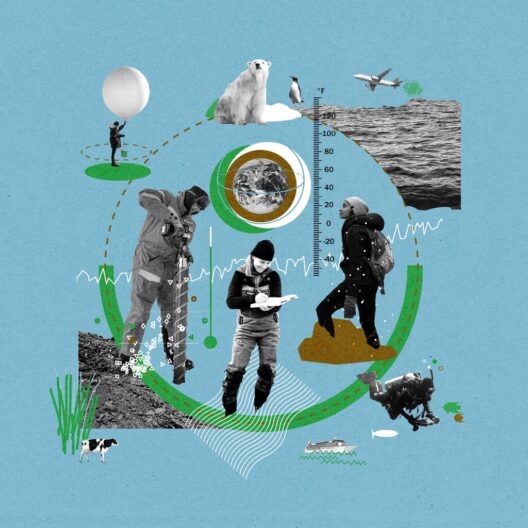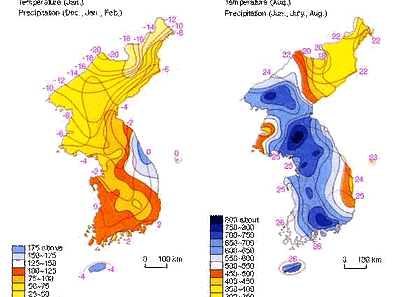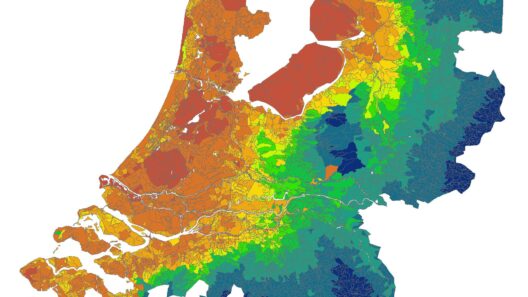The climate crisis has instigated a pervasive sense of anxiety in today’s society—a psychological phenomenon that many refer to as climate anxiety. This condition is not merely a reaction to the observable realities of environmental degradation but encapsulates deep-seated fears about the future and uncertainty regarding our planet’s trajectory. “A Field Guide to Climate Anxiety: How to Keep Your Cool on a Warming Planet” offers an insightful examination of this pressing issue, providing both a framework for understanding the emotional turmoil associated with climate change and practical strategies for coping with it. A pivotal question arises: how can we shield our mental well-being while simultaneously engaged in the essential work of environmental activism?
At its core, “A Field Guide to Climate Anxiety” diverges from traditional environmental literature by integrating psychological insights and emotional resilience techniques. The author deftly navigates the intersection of ecological distress and mental health, underscoring that such feelings are both valid and widespread. Climate anxiety manifests in varied ways—ranging from despair and hopelessness to anger and frustration. Thus, the book serves dual purposes: it elucidates the personal experience of climate anxiety while proposing actionable steps to transform that anxiety into a catalyst for positive environmental action.
The guide begins by demystifying the psychological impacts of climate change. It posits that feelings of distress are not anomalies but rather a collective response to an existential threat. Those who are sensitive to the plight of our planet often grapple with overwhelming thoughts and feelings. Who among us has not lain awake at night, burdened by thoughts of wildfires, rising sea levels, or the fate of future generations? This prose strikes a chord with many eco-conscious individuals who recognize that their emotional struggles stem from a greater source: the precarious state of our environment.
Integral to overcoming climate anxiety is understanding its origins. The text meticulously dissects societal narratives and media portrayals that perpetuate fear without offering solutions. Such representations exacerbate feelings of helplessness and overwhelm, pushing individuals toward paralysis instead of empowerment. Herein lies the challenge: how do we foster a shift from despondent observation of our world to diligent, action-oriented engagement? The guide suggests several pathways.
One prominent takeaway from the book is the importance of community. Isolation can exacerbate feelings of anxiety, hence building a supportive network of like-minded individuals can significantly alleviate distress. The guide encourages readers to seek connections with local environmental groups, participate in community gardening, or engage in activism that fosters a sense of belonging. By sharing experiences, challenges, and victories, individuals can find solace and strength in collective action. This camaraderie can transform anxiety into a unified force for change, providing both emotional support and practical outcomes.
An equally critical component involves reframing one’s mindset. Instead of succumbing to despair, the text advocates for a proactive stance. This reframing entails recognizing that while one cannot alter every dire circumstance, localized actions can yield substantial impact. Individual choices, such as reducing waste, advocating for sustainable policies, or educating others, can create ripples in the larger ocean of climate responsibility. The act of shifting focus from what one cannot control to what one can catalyzes empowerment and resilience.
The guide also delves into the therapeutic potential of nature. Engaging with the natural world provides not only a respite from anxieties but also fosters an intrinsic appreciation for the environment. Each moment spent in nature can serve as a reminder of what is at stake and the beauty worth preserving. The text suggests practices such as ecotherapy, mindfulness walks, and even gardening as methods to reconnect and rejuvenate amidst the stress of climate upheaval. This engagement not only nourishes mental wellness but reinforces the relationship between individuals and their environment.
Moreover, the author emphasizes the importance of education—both for oneself and for others. Growing one’s own understanding of climate science can illuminate the complexities of climate issues and demystify the pessimistic narratives often perpetuated by mainstream media. Knowledge serves as empowerment; with a greater understanding of the causes and effects of climate change, individuals can make informed choices that contribute to both personal well-being and planetary health. By educating others, one amplifies these effects, creating a network of informed individuals who can collectively work toward mitigating climate change.
However, the journey is not without its challenges. Complacency remains a formidable adversary. The guide warns against the desensitization that can arise from constant exposure to climate-related news. In a world increasingly inundated with alarming headlines, it is easy to become numb to the dire realities. Lingering in this state is counterproductive. Hence, an intentional balance must be struck between staying informed and protecting one’s mental health. The guide proposes integrating ‘news fasts’—periods during which individuals minimize exposure to distressing environmental news—in order to recharge and reorient oneself toward action rather than despair.
In conclusion, “A Field Guide to Climate Anxiety” serves as a poignant reminder that while the climate crisis is daunting, one’s response can be empowering. By fostering community connections, reframing the narrative around climate change, engaging deeply with the natural world, and prioritizing education, individuals can navigate the turbulent waters of climate anxiety while striving for systemic change. The playful challenge remains: can we channel our anxieties into a rallying cry for action, transforming fear into fruitful engagement? In doing so, we not only preserve our own well-being but also take significant strides toward ensuring a livable future for generations to come.

